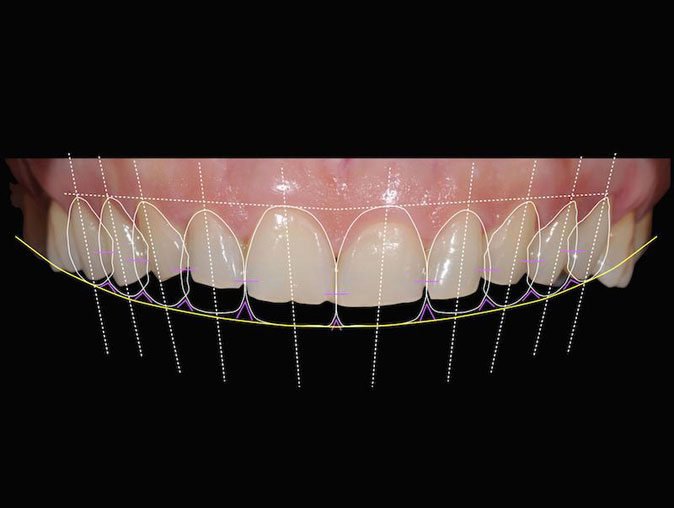Digital Smile Design

Digital Smile Design
Today, having a mouth free of biological and functional problems is not enough! ... Patients want beautiful smiles that are integrated with their physical characteristics but also in harmony with their emotional aspects.
To achieve this kind of result, the modern dentist needs to go beyond just being a good technician
Digital smile Design seeks to present to the public a new face of dentistry, more humanistic, emotional and artistic; further enhancing our noble profession within our society, because after all there are not many things in life more important than a healthy, natural, confident and beautiful smile!
Basically DSD methods are a complex software that analyzes the shape of the face, the condition of the teeth and gums, the proportions of the jaw and mouth, as well as the muscles work, making it possible to predict in advance the results of any proposed dental method, and to show the expected final result, and not just with static images, but also through videos and 3D models. The unique feature of DSD software is that it includes facial contractions and emotons in different everyday situations, so that a patient can see what his face and teeth will look like after completion of treatment when he speaks, when he laughs, when his mouth are closed or when he chews. For example, people with a wide smile, or those who invest more effort in properly articulating speech have different needs than people who are not smiling while speaking, and thus speak more quietly and quickly.
Central step in the DSD method is creation of temporary crowns based on the measurements of the DSD program, in accordance with pre-agreed vision of a final solution. Model of future teeth is made so that it can be installed over existing teeth, so patient can try proposed solution to see how he will look like with it and offer possible suggestions to dentist for further work. This step ensures that in the final stage, when he gets the permanent crowns, patient experience no surprises and that there will be no complicated and expensive corrections after done treatment, because patient was not aware of some of the aspects of his new dental appliances.
